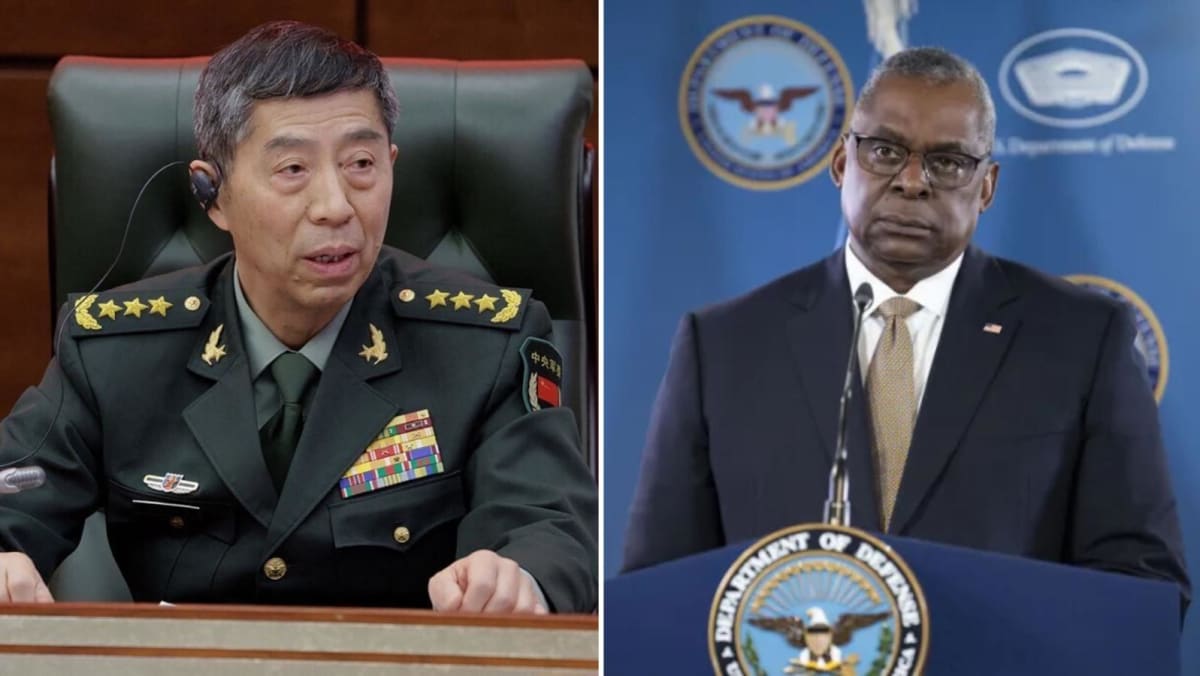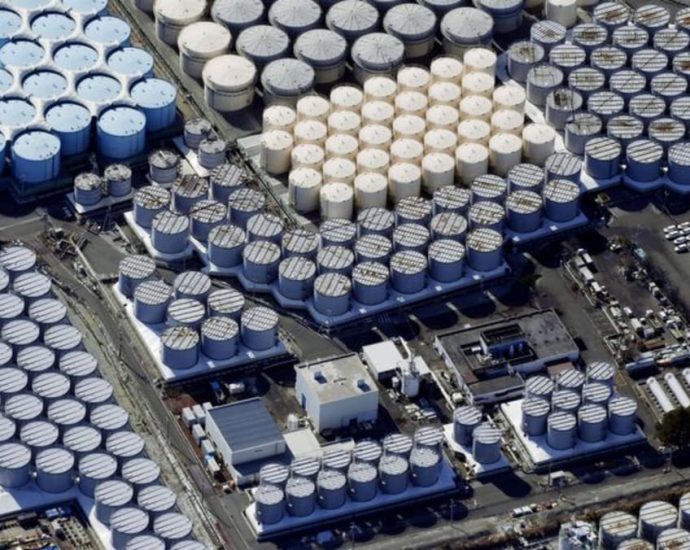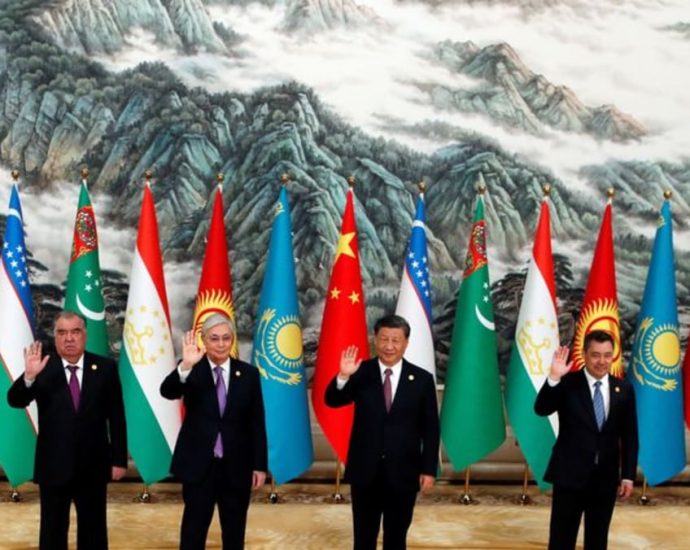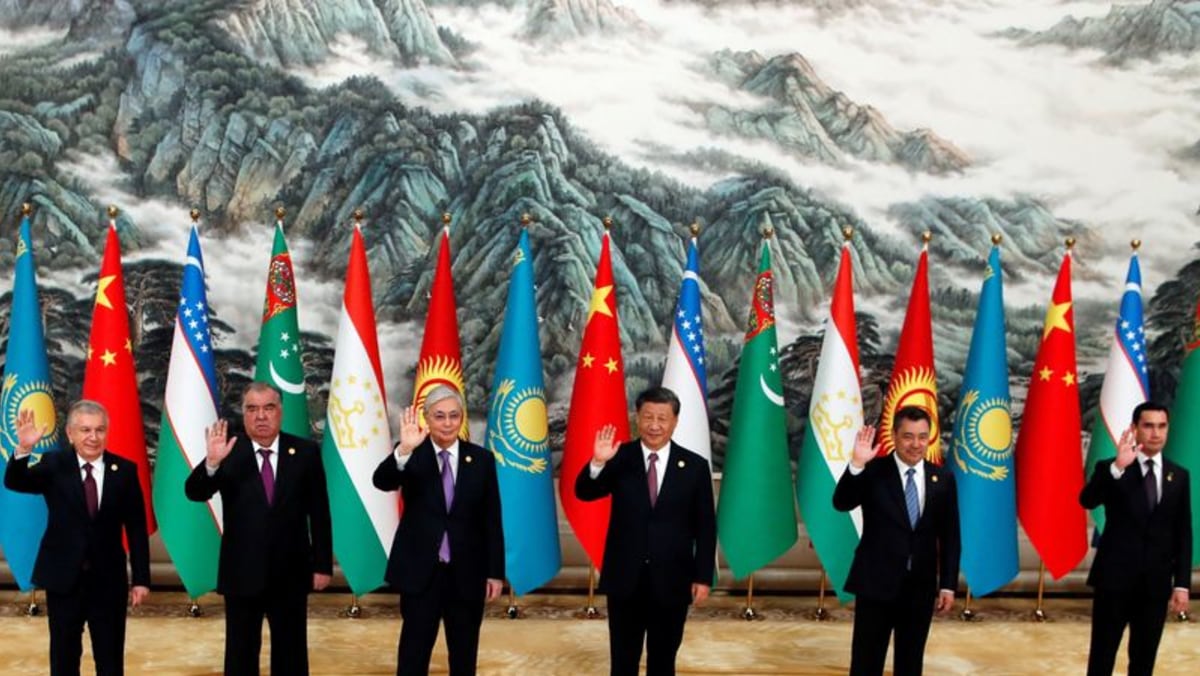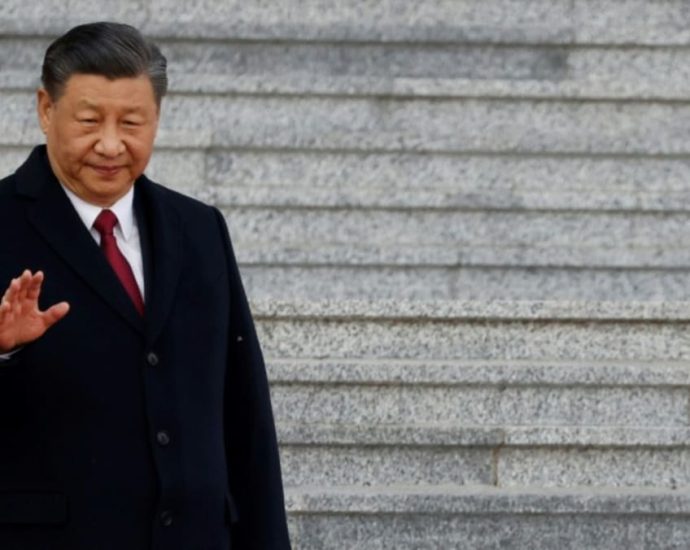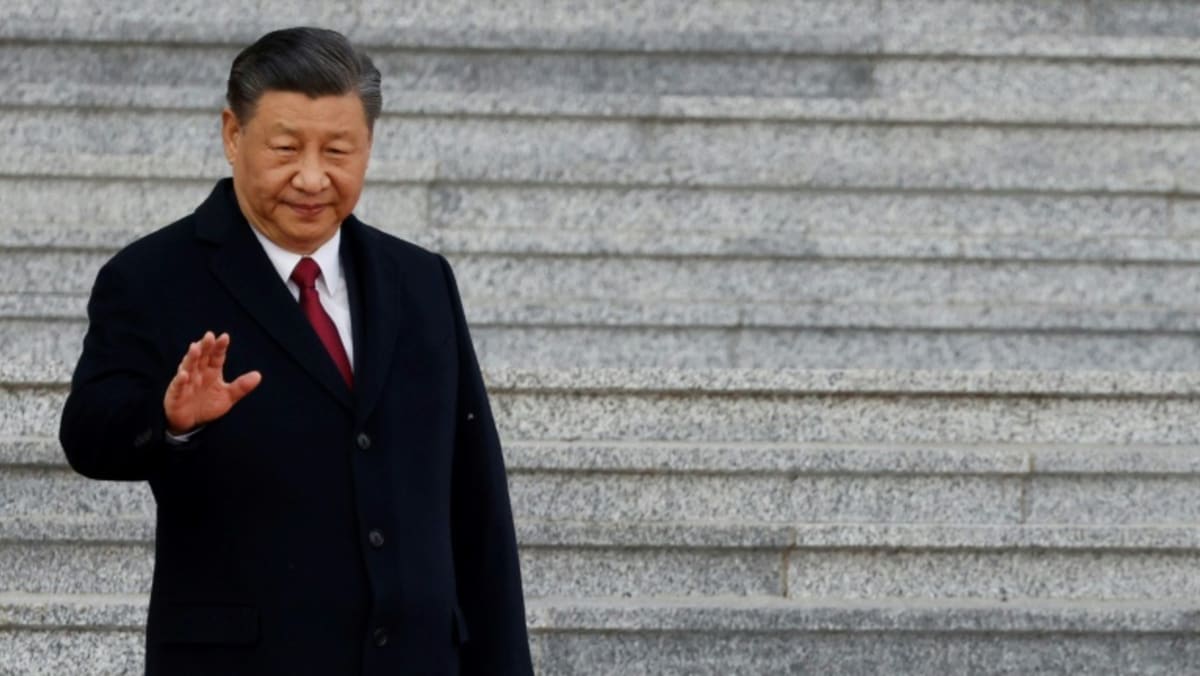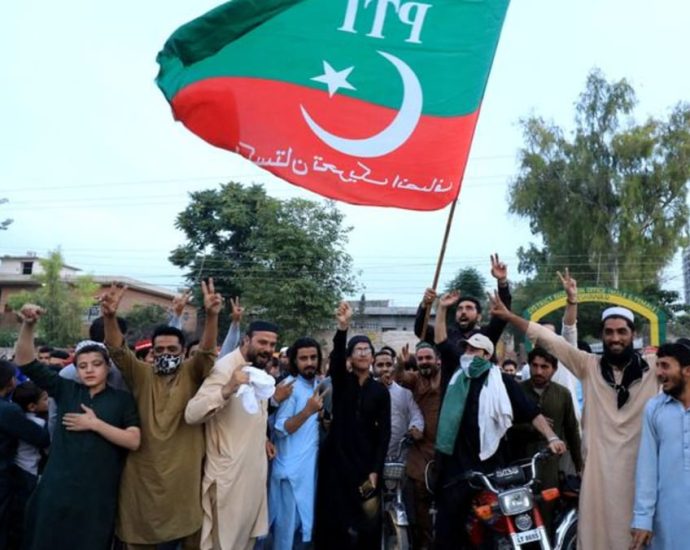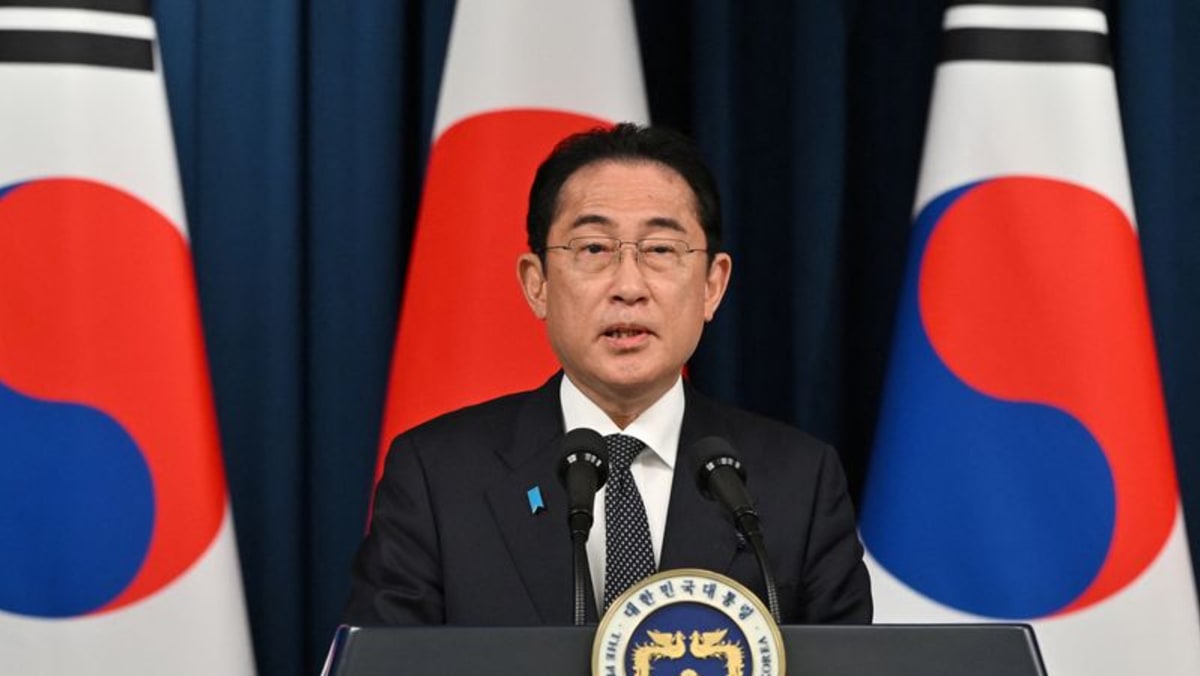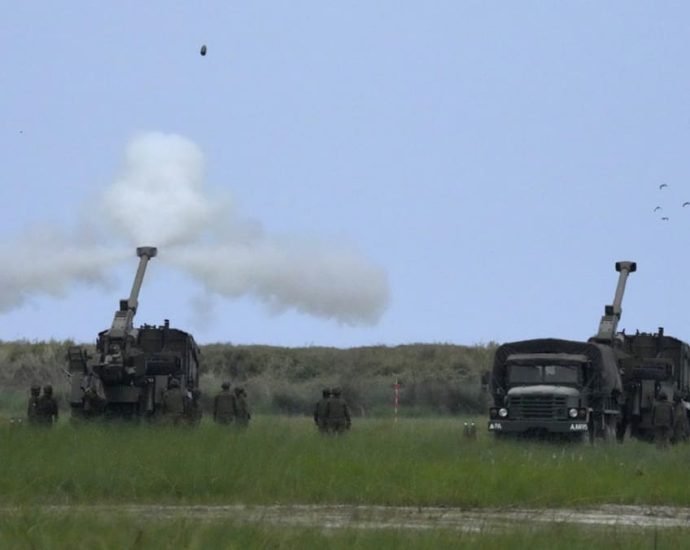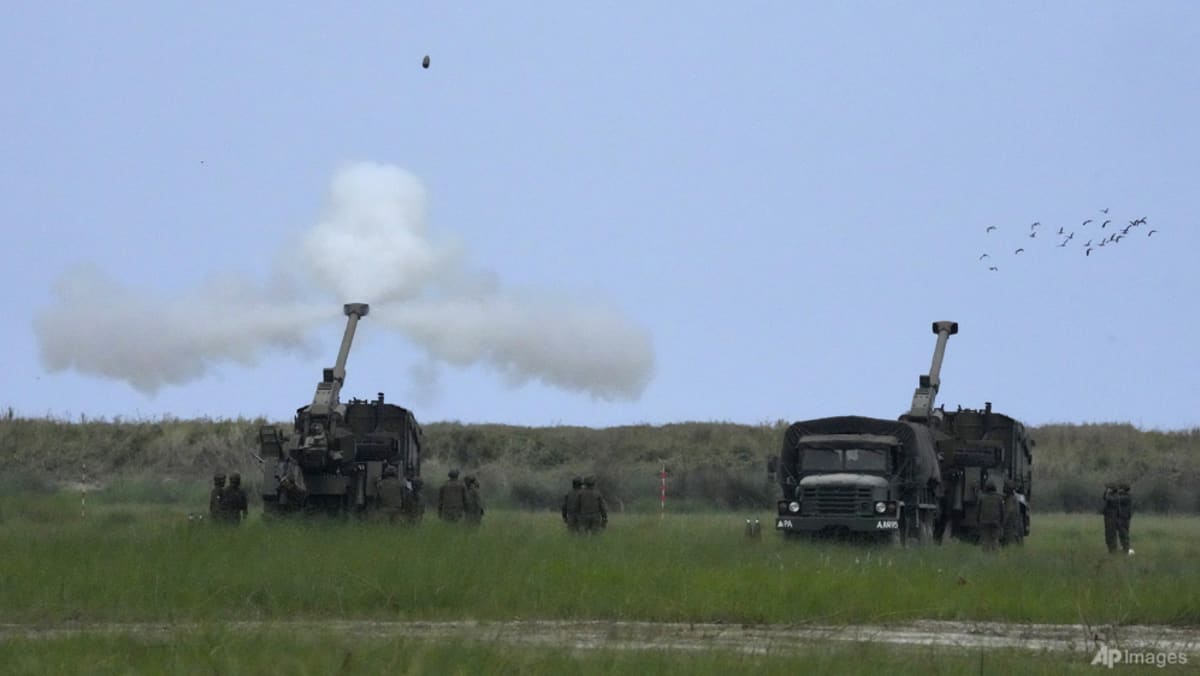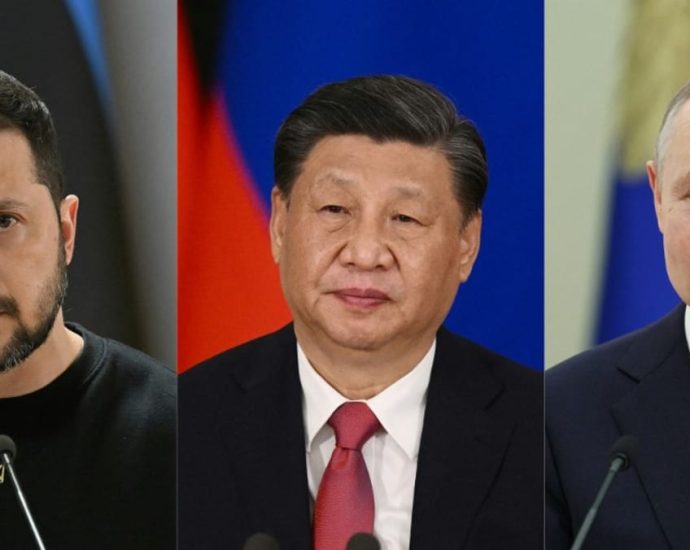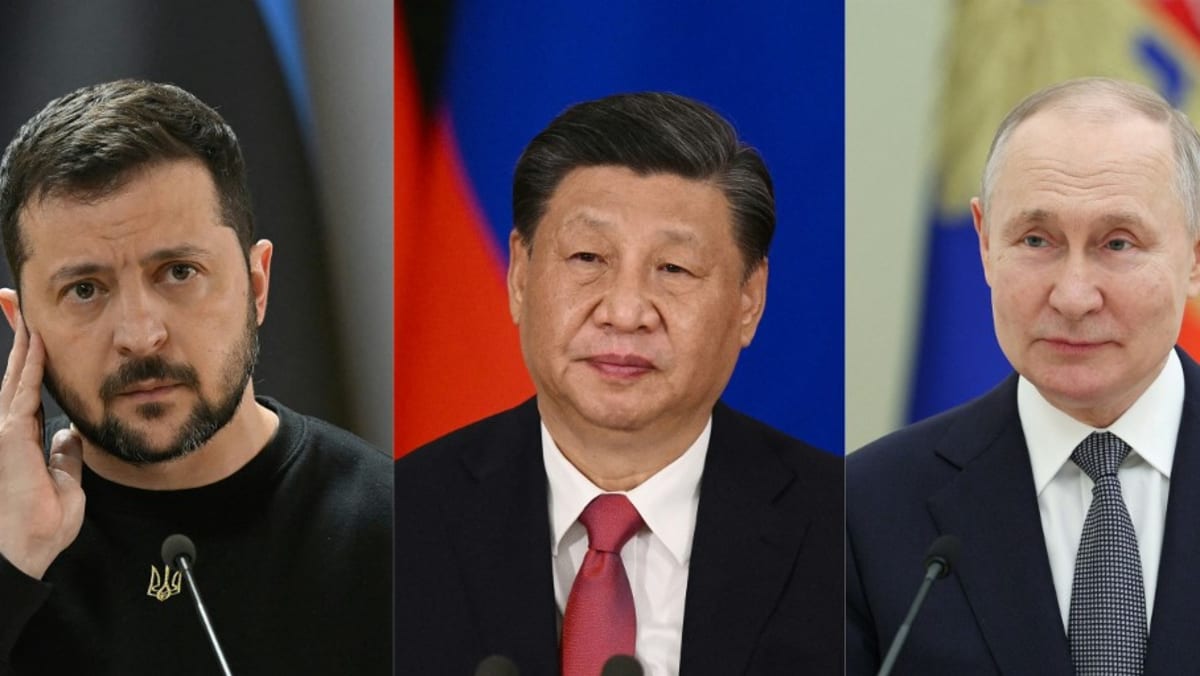Commentary: Is a national health insurance like South Korea or Singapore the way to go for Malaysia?

In 2012, Mr Liow Tiong Lai tried to introduce 1Care national health insurance during former prime minister Najib Razak’s administration. The idea was not well-received by the people: One concern was healthcare cost escalation for Malaysians and contracts financed by public funds being outsourced to corporate interests.
Months before the 2018 general election, Dr Subramaniam Sathasivam announced the Voluntary Health Insurance as an incremental step towards a national health insurance, but the government lost the election.
The winning coalition’s Dr Dzulkefly Ahmad also considered the idea but the Pakatan Harapan administration was short-lived.
Mr Khairy Jamaluddin, who started the Health White Paper, said in 2022 that national health insurance is one of the forms of healthcare funding to be considered – something his successor has continued.
Current Health Minister Dr Zaliha Mustafa announced in March that the White Paper will look into diversifying funding sources, with focus on a national health insurance scheme.
If the paper passes in parliament, the ministry will begin basic work required for the development of a national health insurance scheme, such as calculating contribution rates, developing health benefit packages and determining the payment mechanism for health service providers, she said.
WHY THE INTEREST IN A NATIONAL HEALTH INSURANCE?
It is given that more funding is needed, given the pressures on Malaysia’s health system, made worse by the pandemic.



